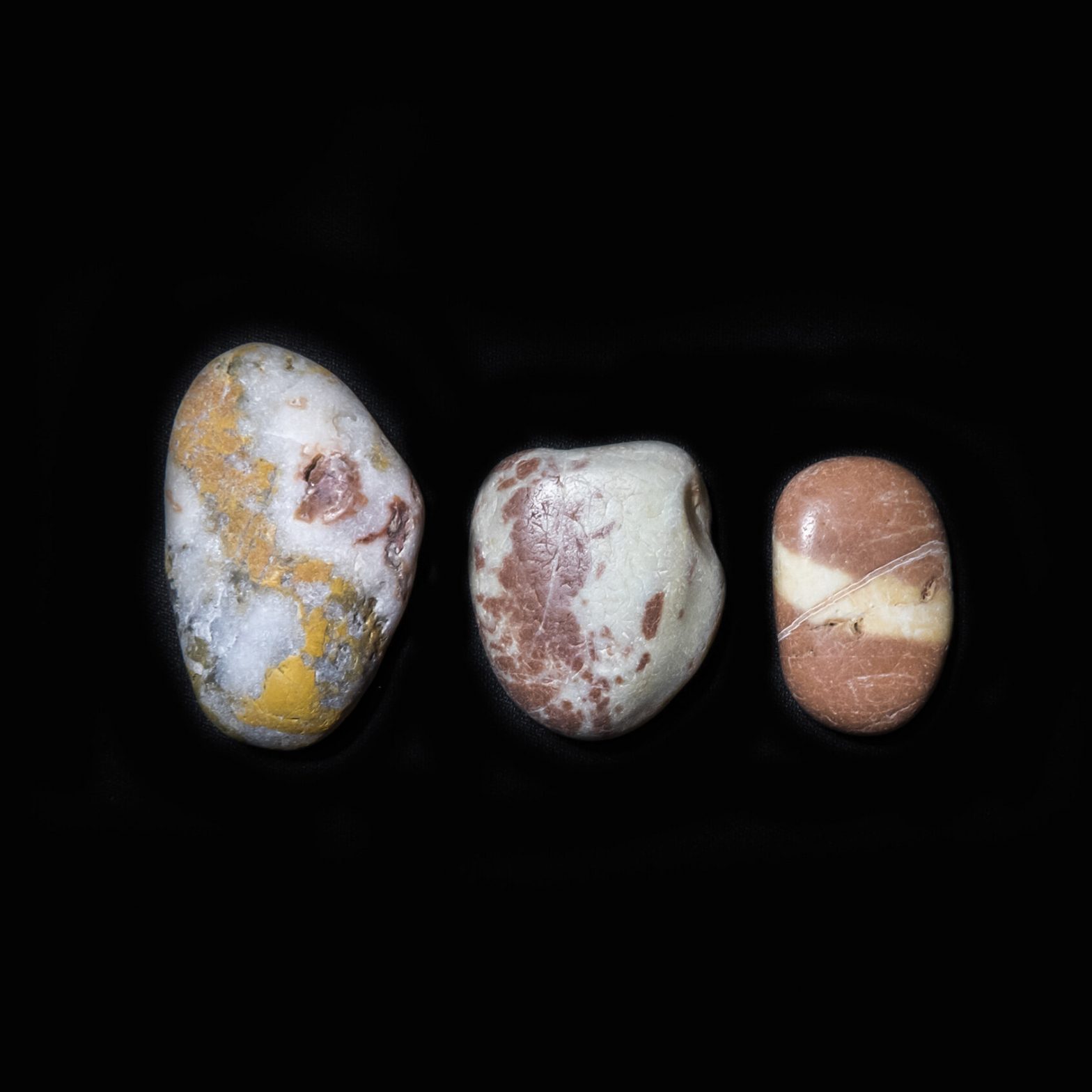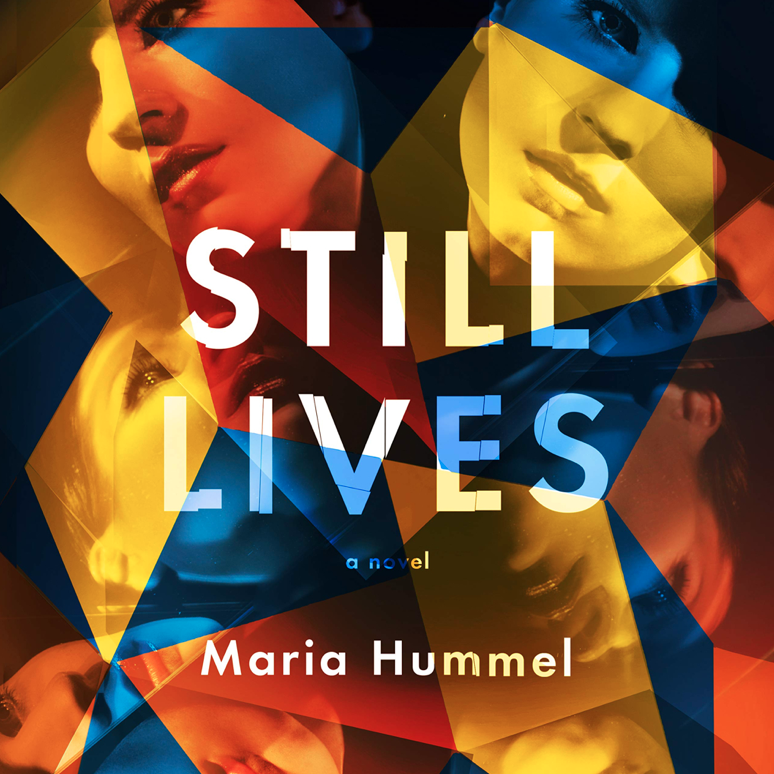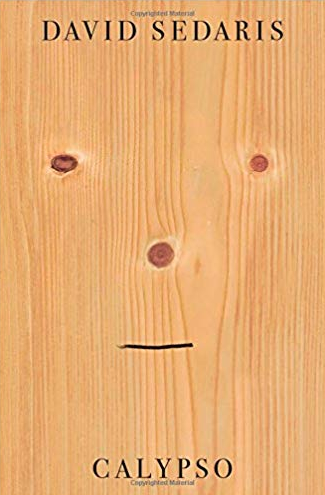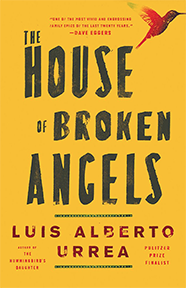Nutritional Yeast
Lane leaves church early Sunday morning. Her heel gets stuck in a patch of gum just between the curb and a pile of dog shit sifted through the grass. Lane hates church. This is the place where she is always likely to get stuck in something smelly, that drags its way through the rest of her day, the rest of her life. Lane’s hair is not thoroughly brushed, and her only decent dress is in the wash, so Lane wears jeans. No one wears jeans to Sunday Mass. Lanes mother would be extremely ashamed. Lane should not attend church to appease her mother. Lane should not not wear jeans to appease her mother. Lane has to remind herself that she is an adult, married woman. But Lane can’t think about that now. She’s in a hurry because if she doesn’t get to Dot soon enough he’ll sell his food stamps to her sister for half the price because Dot has always favored Tracey. Even though he calls Lane the good cousin. Lane doesn’t try to understand Dot.
Lane imagines the kind of horrible person that he is, the kind of deplorable things she’d heard he’d done to his ex-wife (the cheating with teenage strippers, the drinking, the unnerving antics he attributed to his bipolar disorder) before she took the girls and left to another state. Lane wants to displace the feathers coming from the hood of his coat, into a perfect bow around his neck, that she could pull into a choker, and squeeze. She’s concluded that he’s another kind of person that she can just think away. She blinks and he’s gone.
At his apartment, a government funded studio above a convenience store in the wrong part of town, Dot is still standing there with his hand on her shoulder, thinking about how much of a bitch she’s always been to everyone. Constantly keeping her own family at a distance, as if she’s too good for the people that know the real her. He pushes his fingers a little bit to dig into her skin, because everyone knows how Lane is about being touched. He knows the twisted direction her mind will go to no matter what. He wants the unrealness of her hatred for him to be grounded. He’s not some sicko, just because he and her sister have always been closer, just because Tracey is less socially inept. Just because his marriage had turned out to be a joke.
Lane stands waiting. Lane would prefer to sit, but Dot’s only furniture is a pull-out bed that he hasn’t made in days.
She maneuvers herself away and starts stretching like an uncomfortable cat trapped under a dresser. Her voice comes in a mumble, asking about the EBT card. Her cousin responds in a variety of self-affirmed body language expressions. They are not very good with each other. Just noises and movements and a runaway type of feeling filling up the spaces between them.
Lane thinks about her husband Samuel, and how embarrassed he would be by this very stupid transaction if he found out. It’s fraud to sell or buy government issued food stamp cards from your cousin, especially the ones you don’t even like.
“You’re quick. Another minute or two and Tres woulda had em.”
“Yeah, I figured it,” Lane responds with a shrug.
“How ya been”
“Good yeah, just church and Samuel and school, thinking about going back to school.”
“Yeah, that’s what’s up. You always were the smart one”
Lane makes a noise with her throat that’s supposed to be a laugh, but she’s nervous. Even around family she’s terrified of being complimented.
“Sit down, take a load off”
“No, I actually I have to get going, you know”
“That’s too bad”
Dot puts his hand on her shoulder again and squeezes there. The squeeze, at first painful, turns into a massage. Lane’s heart rate elevates. She thinks of a time on the playground when she was younger an older boy pushed her into the pile of wood chips across from the sandbox, just because he was bigger, and he could.
“Dot…”
“yeah…”
“The card?”
Lane turns her neck a bit, does some faux stretches, and taps her foot impatiently.
“It’s just Samuel, yeah you probably can’t see but he’s out, he’s in the car waiting. It’s so fucking cold, you know”
Dot nods, and tilts his head.
“The money?”
“Oh, shit, yeah, hold on,” Lane reaches into her purse and pulls out two twenties and a ten.
“That’s good for a hundred, the pin is my birthday.”
“Okay, cool, great, yeah, yeah good seeing you. We have to do something sometime? Like a cookout or something?”
“Definitely.”
Lane makes her way to the door.
“Wait, Lane you mind dropping me at the spot?”
“Umm, well….. I, ha, ha, yeah, sure, yeah come on.” Lane waves him over and they go down the rickety stairs until they reach the bottom. The sun spits sweat onto her forehead, even through the snow. Lane buckles herself into the seat and starts driving before the car warms up. Neither of them bring up Samuel’s obvious absence. They ride to a local smoke shop five blocks away and Dot gets out to talk to the other alkies. They all huddle together and pitch in dirty quarters and dimes for a few bottles. Dot pulls out half of the money Lane has just given him. He is popular with the crowd every month when he brings in his only earnings, the fruits of trading his EBT for cash. Lane expects him to call her in less than a week after he’s drank himself silly and is finally hunger again.
Lane wants to become vegan. Actually, Lane’s husband wants to become vegan. It’s all he talks to her about. It’s the only thing left that excites him. Lane wants him to stay as excited as possible. Lane will bring him vegan food, but Lane will not pay full price for it, because she knows that by dinnertime he’ll want meat again, and Lane will have budgeted that too.
Lane takes the EBT card to the grocery store and assembles everything Samuel has mentioned on his list from unsweetened coconut chips to some cheese substitute called nutritional yeast (a flakey foodstuff she instantly doesn’t trust) and loads of avocado-avocado everything-into a cart with squeaky wheels. Lane fears Samuel’s diet will be deficient in protein. She sneaks a can of tuna into the cart and hides it under romaine hearts.
Lane imagines Samuel’s excitement over her choice of non-dairy cashew milk. She pictures him kissing her with strands of spaghetti squash still on his lips. There they are in the tv room nibbling on pita chips covered in hummus and artichoke. She wishes that he would eat meat again. That he would curdle her up and smooth her with olive oil until her toes and fingers are slippery and dip her into a chai seed egg wash, until she’s smothered in a crumble of crushed almond flour and bake at four hundred degrees.
In line, Lane stacks all of her items in a neat row and asks that the can of tuna be bagged separately.
“Cash or card?” The lady at the checkout asked between munching on chewing gum and pushing her neon orange colored hair behind one ear.
Lane slides the card. There’s a beeping noise. She stares blankly at the cashier and slides it through again. The screen should have prompted her to enter her pin, but there’s nothing. She swipes for the third time.
“I’m sorry ma’am, this card has insufficient funds.”
Lane lifts her eyes to the people in line, some staring, some waiting impatiently, some just smiling along in long conversation, their carts: props with barely any items, enjoying the heat of being inside out of the cold. Lane returns her eyes to the lady holding her vegan goods hostage. Lane is not surprised at this woman, or Dot. But, Lane wishes she would release them to her out of some goodness in her heart, but Lane knows that people are not good. Dot is not good. Samuel is not good. Lane only tries to be.
Lane wants desperately to believe in change. She wants to believe in her marriage, in Samuel. Samuel is the only thing that makes her feel safe. She wants to believe in the vegans. And although Lane had made it clear to Samuel that his indecision over meat was not something that they could reasonably afford- that to constantly trash perfectly good meat, and then stack up on substitutes that would never measure up (that he would never even eat) was wasteful, and that she would no longer be indebted to his miscalculations- she pulls out the last of her cash from her purse and pays full price.
Shaniece Rattler is a first year graduate student at Columbia College Chicago who is busy writing non-stop. In her free time she likes to read new short stories recommended to her and she daydreams about getting the novel she’s working on published. “Nutritional Yeast” is her first publication.










